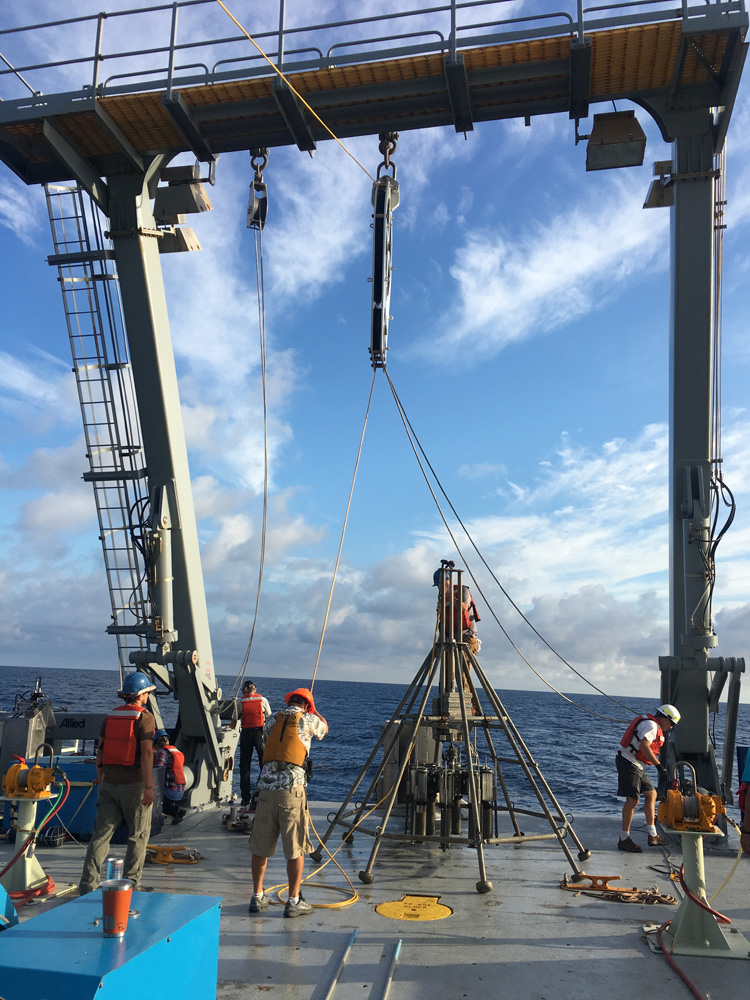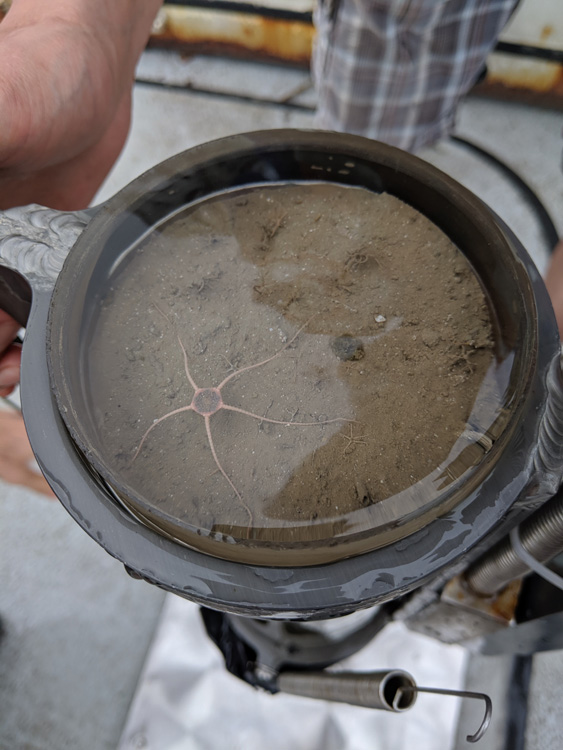SPOTLIGHT TOPIC
Beyond the instrumental record:
Paleoceanographic reconstructions from marine sediment cores
How do scientists know how the ocean and climate has varied in the past? Historical measurements of the ocean can take us back 70 years or so, but how do we find out how the ocean behaved in the longer-term past? The answer is in the mud at the bottom of the ocean.


